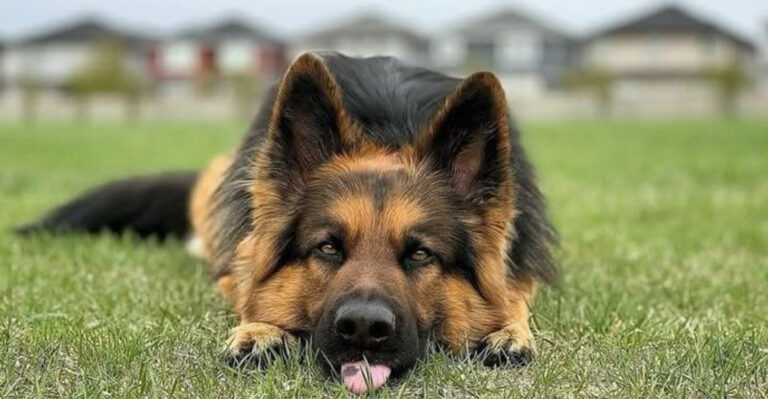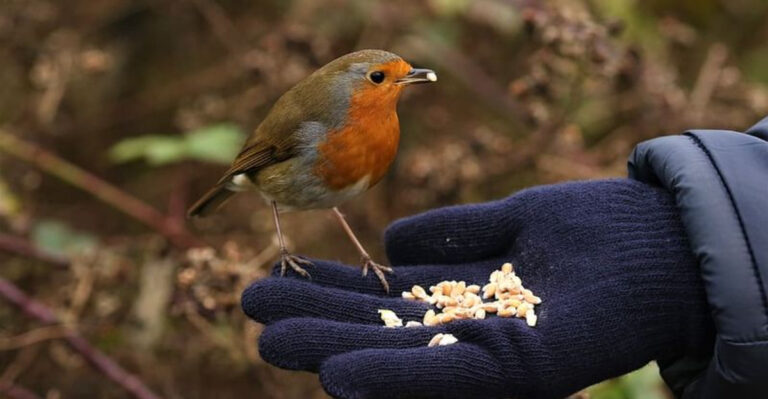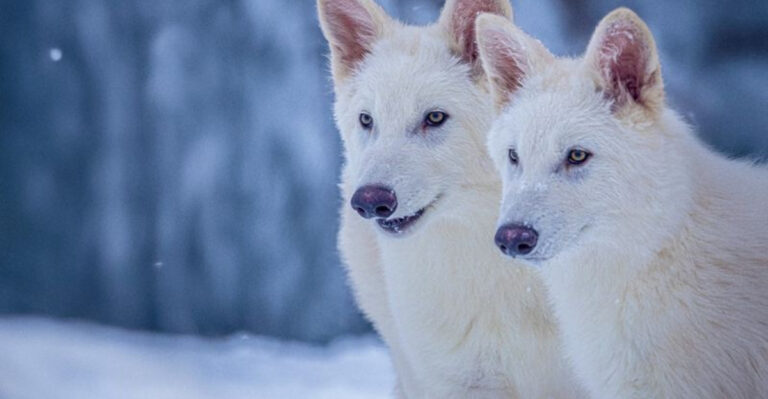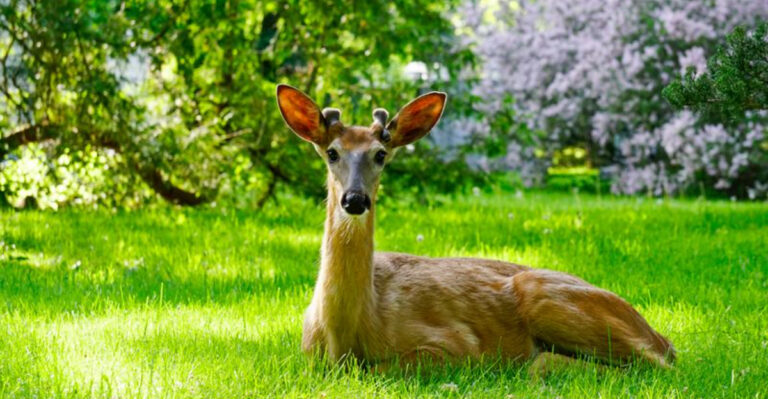14 Most Aggressive Animals In The Southeastern U.S.

The Southeastern United States is home to a surprising variety of creatures that can display aggressive behavior when threatened or provoked.
From venomous snakes to territorial mammals, these animals command respect and caution. Understanding which animals pose potential dangers can help keep outdoor enthusiasts safe while exploring the region’s diverse ecosystems.
1. Eastern Diamondback Rattlesnake: Lethal Defender
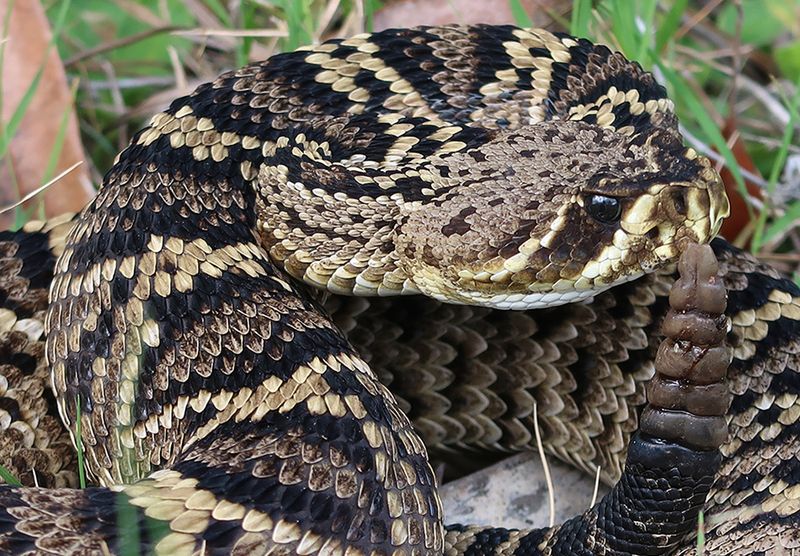
North America’s largest venomous snake packs a potent punch. Reaching lengths of 8 feet, these rattlers deliver enough venom in one bite to kill several adults. Their distinctive diamond pattern serves as nature’s warning sign.
Found in pine forests and coastal areas from North Carolina to Florida, they strike only when cornered or threatened. Their telltale rattle offers fair warning – a courtesy few other dangerous animals provide.
2. Wild Boar: Tusked Terrors
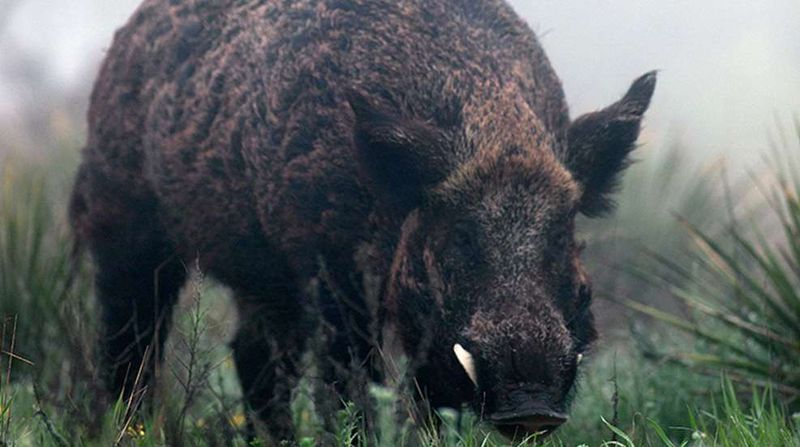
Introduced to North America centuries ago, these tusked invaders now roam throughout the Southeast. Males can weigh over 300 pounds and charge at 30 mph when threatened, using sharp tusks to inflict serious wounds.
Extremely territorial, wild boars become especially dangerous when sows are protecting piglets. Their population explosion has created problems for native ecosystems and farmers alike, making them targets for controlled hunting programs.
3. Cottonmouth Snake: Swamp Striker
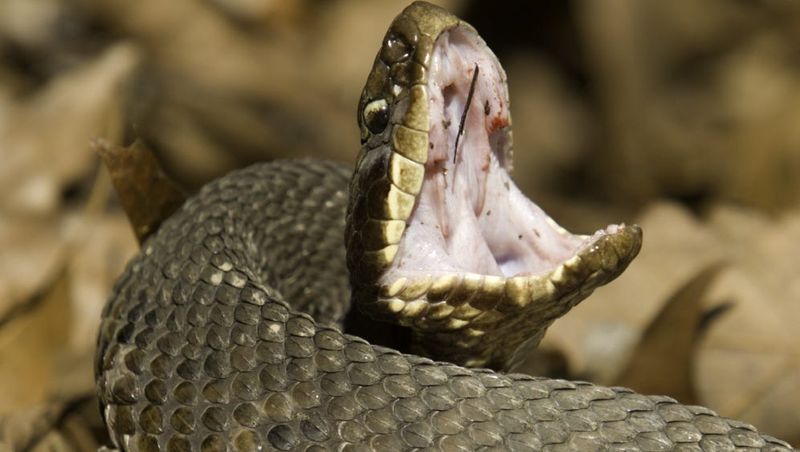
Unlike many snakes that flee from humans, cottonmouths often stand their ground. When threatened, they display their namesake white mouth lining – a warning you’d be wise to heed.
These semi-aquatic pit vipers inhabit swamps, marshes, and slow-moving waterways across the Southeast. Their venom contains powerful anticoagulants that can cause severe tissue damage. Give these territorial swimmers a wide berth when encountered.
4. Black Bear: Woodland Warrior
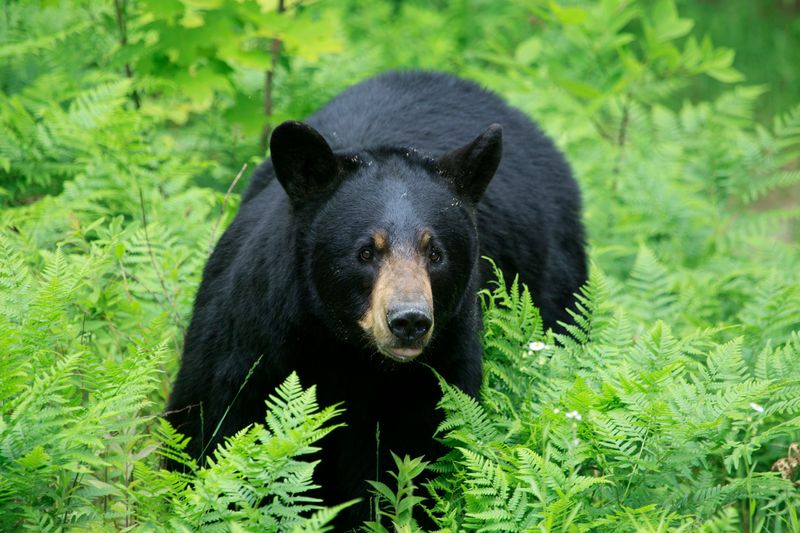
Normally shy around humans, black bears transform when protecting cubs or food sources. Though smaller than their grizzly cousins, they still weigh up to 600 pounds and possess incredible strength.
Southeastern black bears primarily inhabit the Appalachian mountains and coastal swamps. Encounters have increased as development encroaches on their habitat. Proper food storage while camping is essential – a bear that associates humans with food becomes dangerously bold.
5. Fire Ants: Tiny Terrors
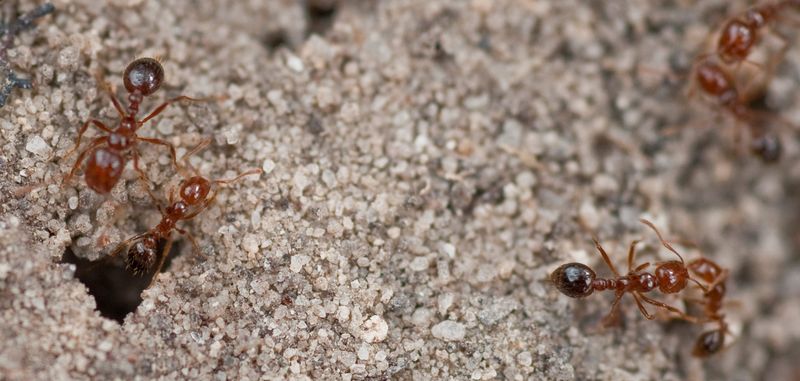
Don’t let their small size fool you. These invasive insects attack en masse when their mound is disturbed, delivering painful stings that burn like fire and can trigger severe allergic reactions in sensitive individuals.
A single colony may contain 200,000+ ants, all ready to defend their queen. Widespread throughout the Southeast, fire ants cost the region billions in damage and control efforts annually. Their aggressive expansion continues despite numerous eradication attempts.
6. Bull Shark: Coastal Killer

Among the most aggressive shark species, bull sharks patrol the Southeast’s coastal waters and can venture miles upstream into freshwater rivers. Their powerful bite force exceeds that of great whites, crushing prey with devastating efficiency.
High testosterone levels contribute to their notorious aggression. Unlike other sharks, they readily attack in murky, shallow water where humans swim. Florida’s coast records more bull shark encounters than anywhere else in the country.
7. Snapping Turtle: Ancient Aggressor
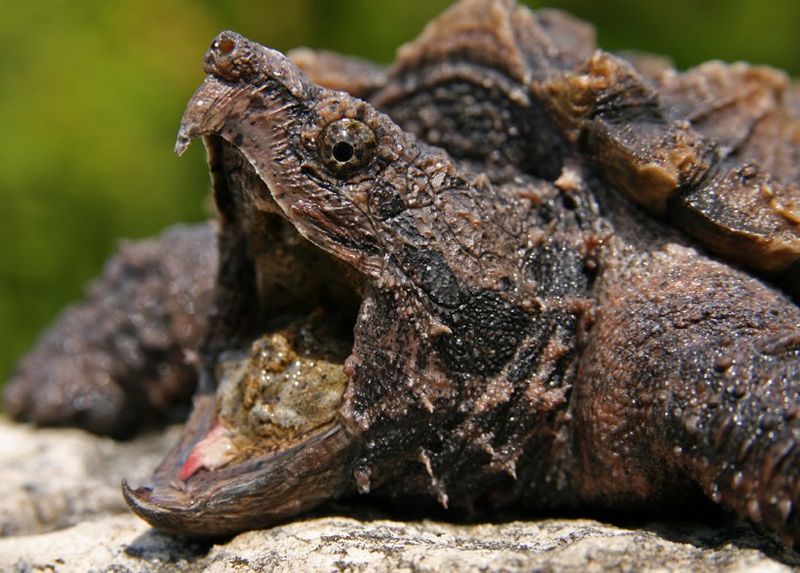
Armed with powerful jaws that can amputate fingers, snapping turtles compensate for their slow movement with lightning-fast strikes. Common snappers reach 35 pounds, while alligator snappers can exceed 200 pounds.
Particularly aggressive when handled or encountered on land, these prehistoric-looking reptiles inhabit nearly every freshwater body in the Southeast. Their beak-like jaws can extend surprisingly far from their shells – a fact many curious handlers learn the hard way.
8. Copperhead Snake: Camouflaged Threat
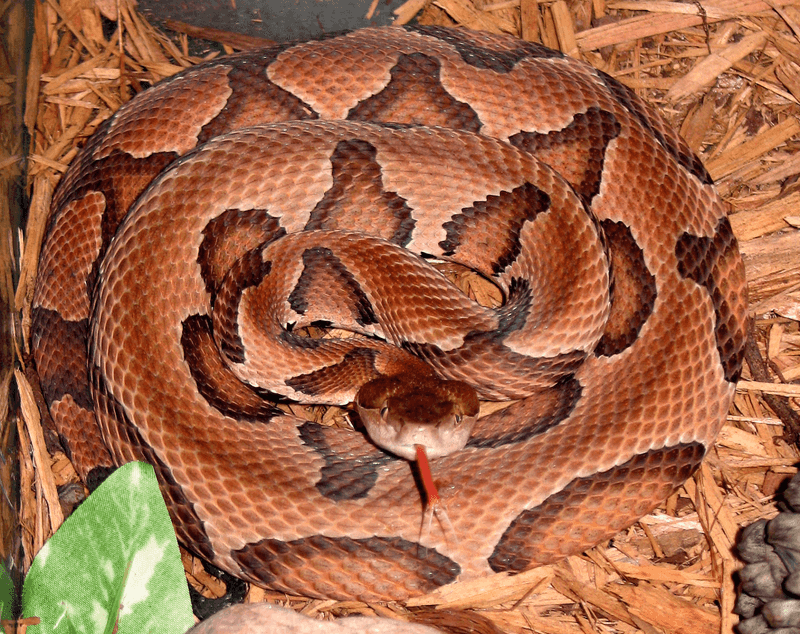
Masters of disguise, copperheads blend perfectly with forest floor leaf litter. Unlike rattlesnakes, they give no warning before striking, making them responsible for more venomous bites than any other snake in the region.
Fortunately, their venom is relatively mild compared to other pit vipers. Found throughout the Southeast in woodlands and suburban areas, copperheads are ambush predators that freeze when threatened – making them easy to step on accidentally during hikes.
9. American Alligator: Prehistoric Predator
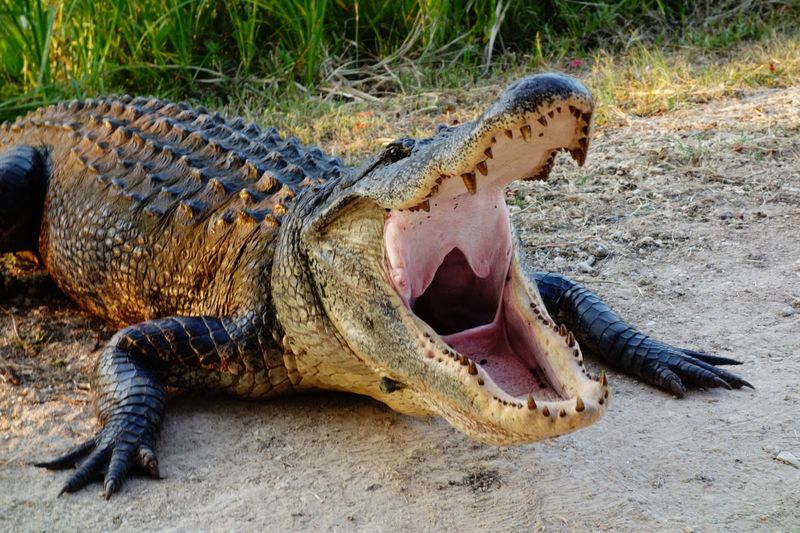
Males can reach 15 feet long and aren’t shy about defending their territory. These armored reptiles lurk in freshwater habitats throughout the Southeast, with Florida and Louisiana hosting the largest populations.
While they typically avoid humans, alligators become particularly aggressive during mating season or when protecting their young. Never feed wild alligators – it teaches them to associate humans with food, creating dangerous situations.
10. Yellow Jacket Wasps: Aerial Attackers

Territorial and aggressive, yellow jackets respond to threats with coordinated attacks. Unlike honeybees, they can sting repeatedly without dying, and they actively pursue perceived threats far from their nest.
Late summer brings peak aggression as colonies reach maximum size. Underground nests make them particularly dangerous to lawn maintenance workers. The Southeast’s mild winters allow some colonies to survive year-round, growing to massive size and increasing attack frequency.
11. Coyote: Adaptable Aggressor

Once rare in the Southeast, coyotes now thrive in every county from Virginia to Florida. Urban expansion has made them increasingly bold around humans, especially when protecting dens or hunting territory.
Attacks on pets have risen dramatically as coyotes adapt to suburban environments. Though smaller than wolves, they’re crafty predators that hunt in coordinated packs. Their haunting howls serve as territorial warnings to rivals and potential threats.
12. Coral Snake: Colorful Killer
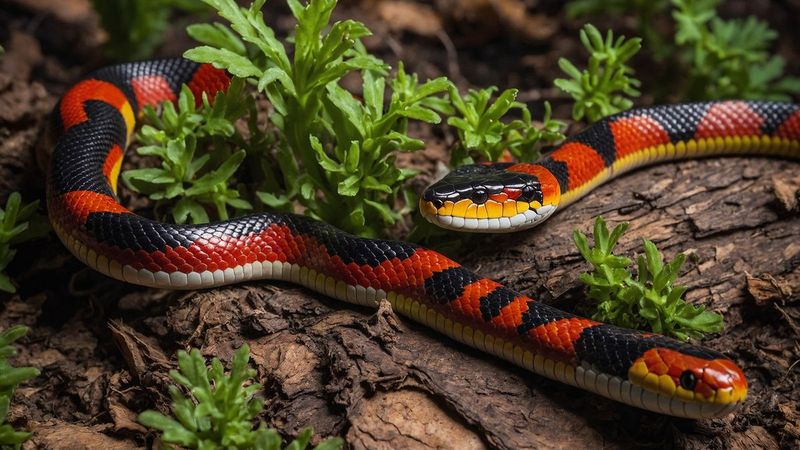
“Red touches yellow, kills a fellow” – this rhyme helps identify the venomous coral snake from its harmless mimics. Though shy and rarely encountered, these relatives of cobras possess neurotoxic venom more potent than any rattlesnake.
Their small mouths make bites rare, but when they do strike, medical attention is urgently needed. Found primarily in Florida and coastal areas, coral snakes prefer hiding under logs and debris rather than confrontation.
13. Portuguese Man-Of-War: Floating Fear
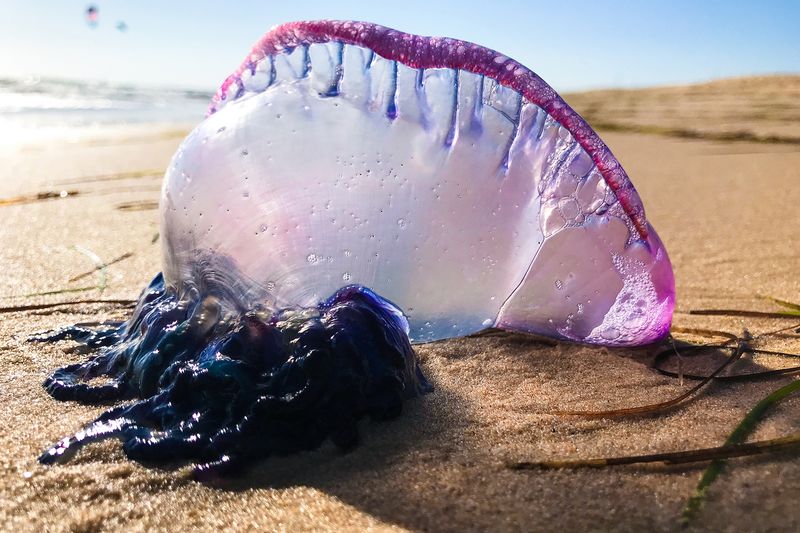
Though not technically an animal but a colony of organisms, this ocean drifter delivers excruciating stings from tentacles that can extend 100 feet below its distinctive purple float. Winds and currents bring them to Southeastern beaches, where they continue stinging even when beached.
Unlike true jellyfish, their venom remains potent for days after death. Gulf Stream patterns make Florida’s Atlantic coast a hotspot for painful encounters, especially after strong onshore winds.
14. American Bison: Restored Rampagers
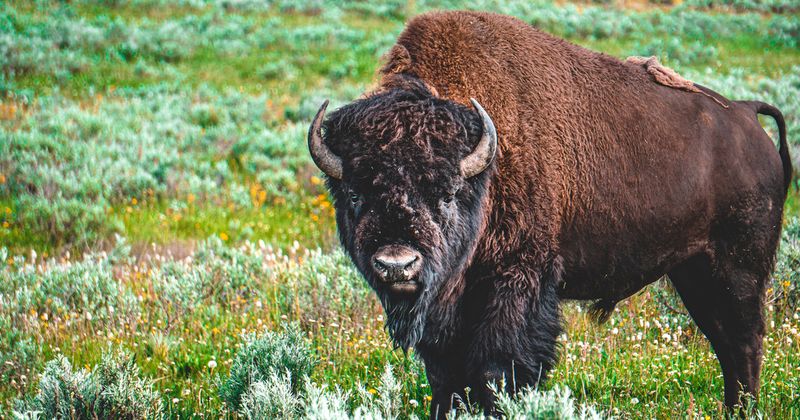
Conservation efforts have returned these massive mammals to parts of the Southeast, particularly in Kentucky, Tennessee, and North Carolina. Despite their placid appearance, bison are unpredictable and surprisingly agile, capable of charging at 35 mph.
Weighing up to 2,000 pounds, they injure more national park visitors than bears. Bulls become especially aggressive during mating season, while cows fiercely protect their calves. Always maintain significant distance when viewing these restored natives.



